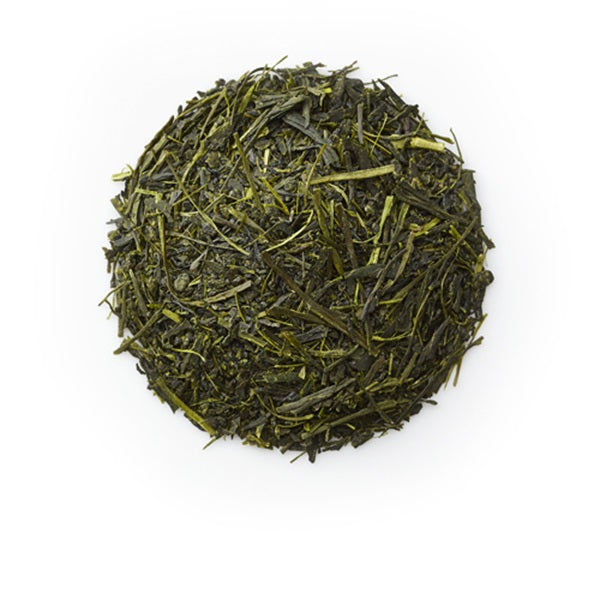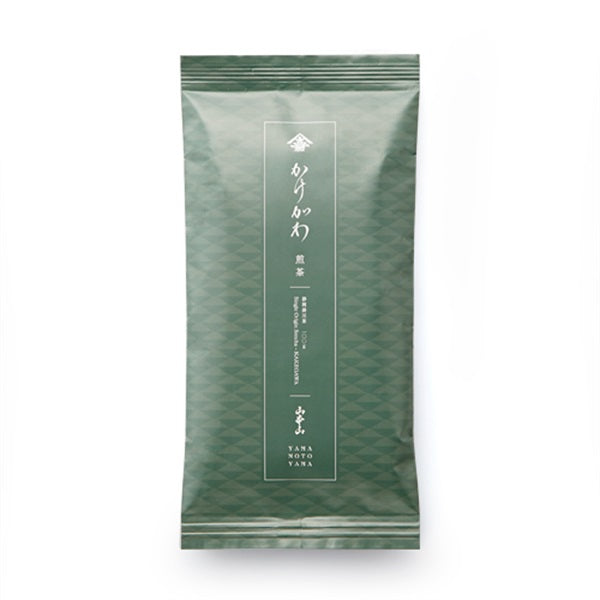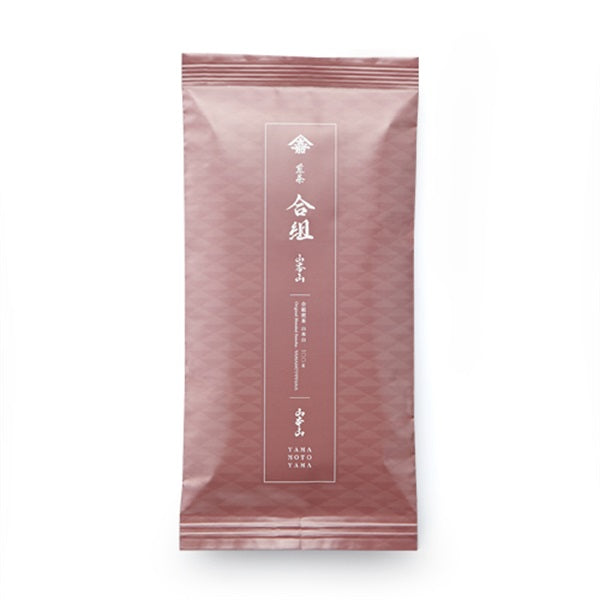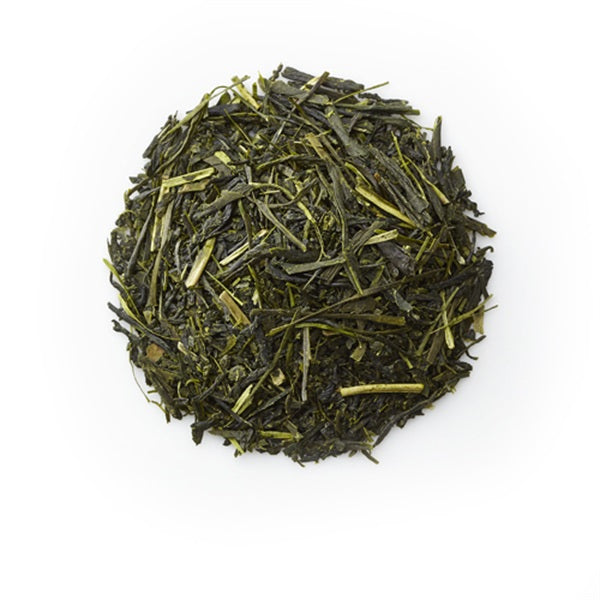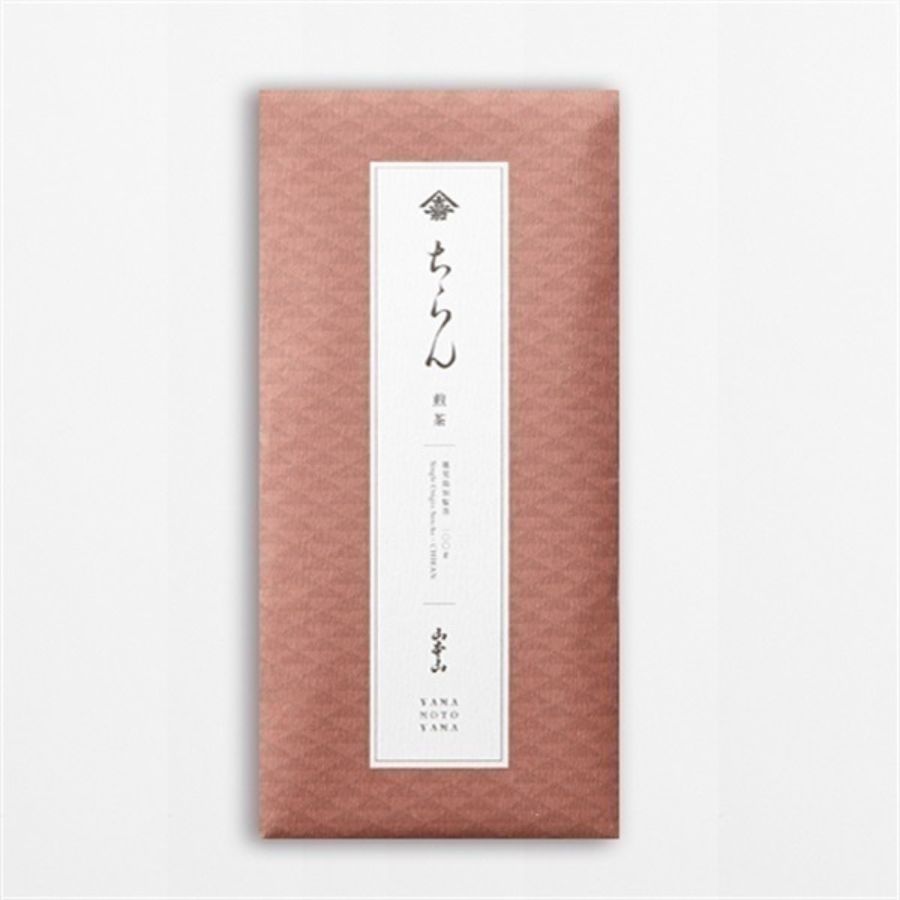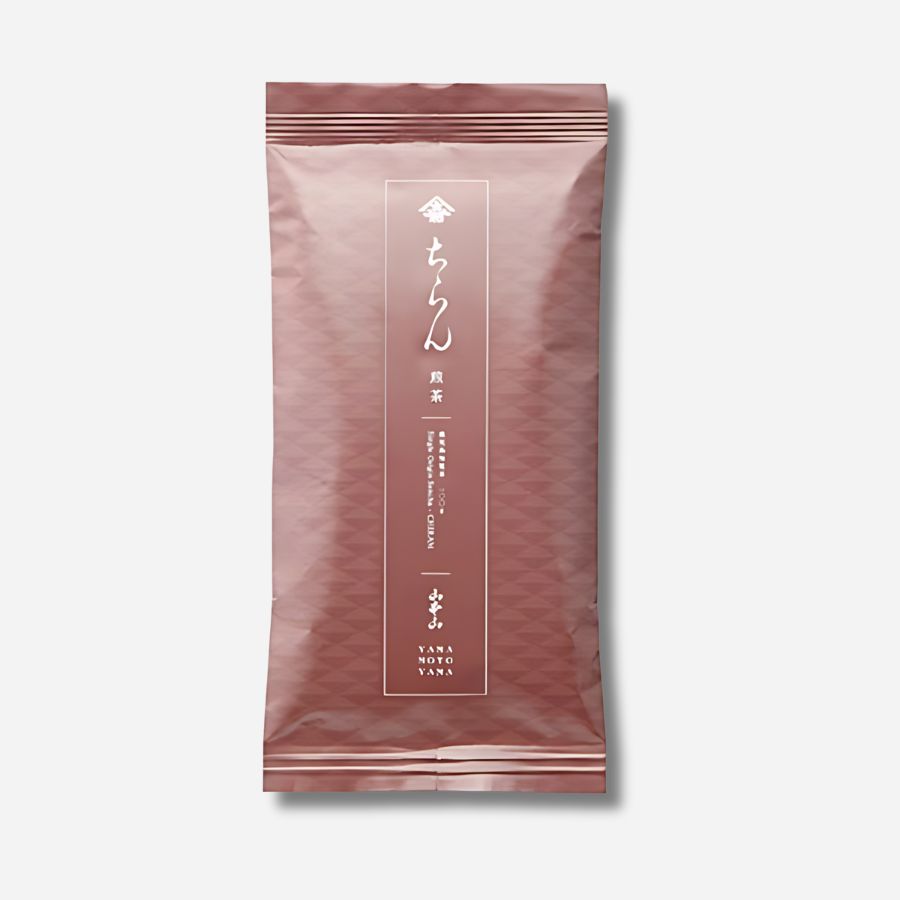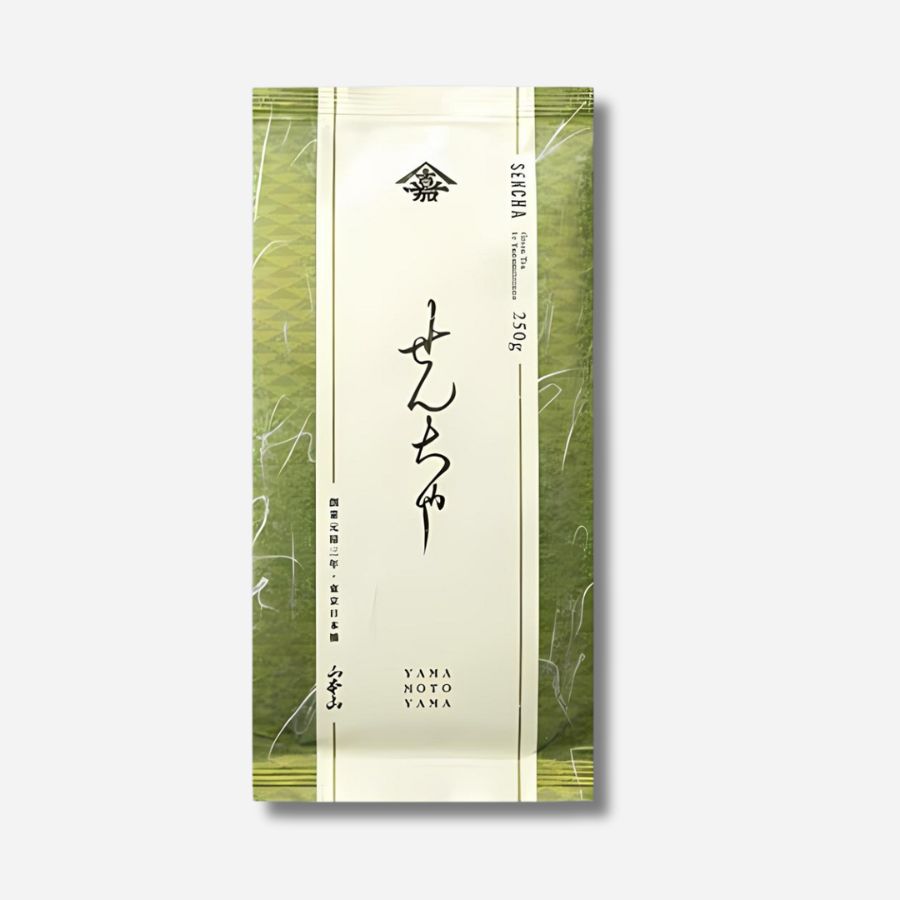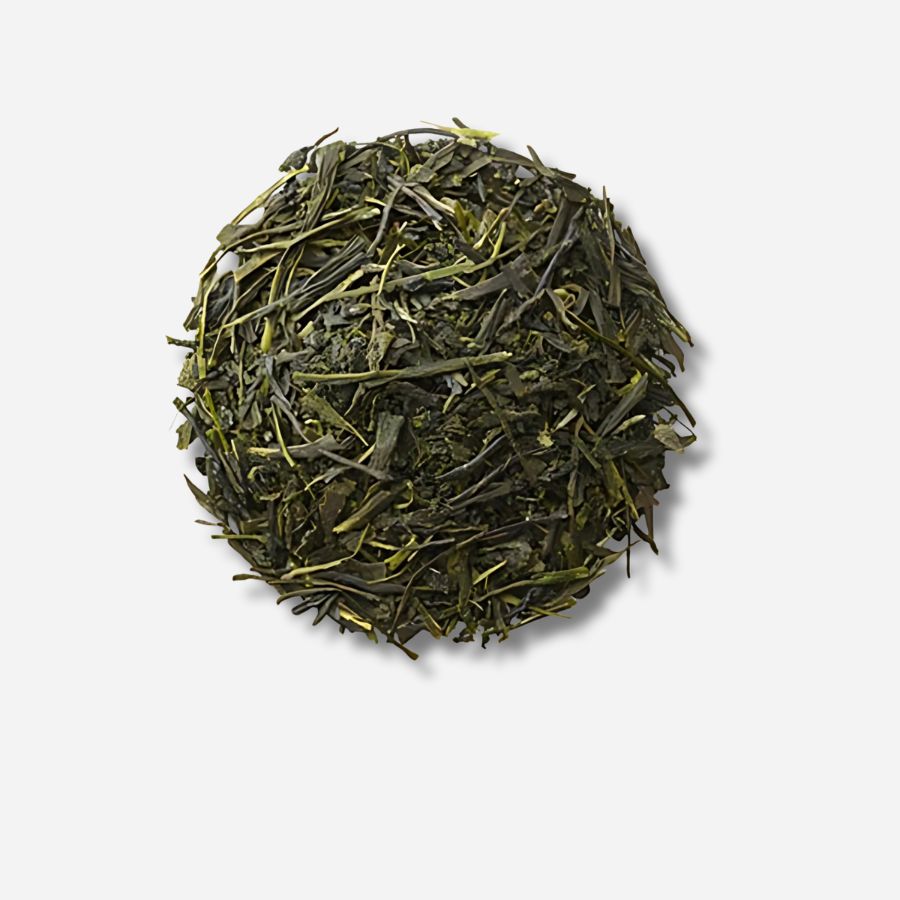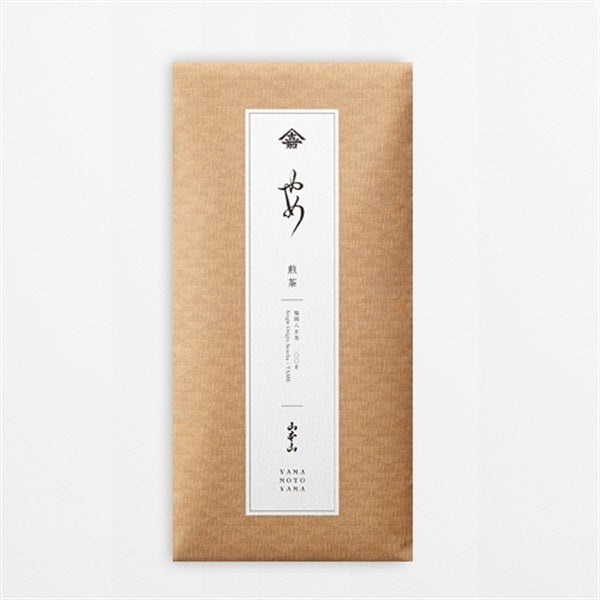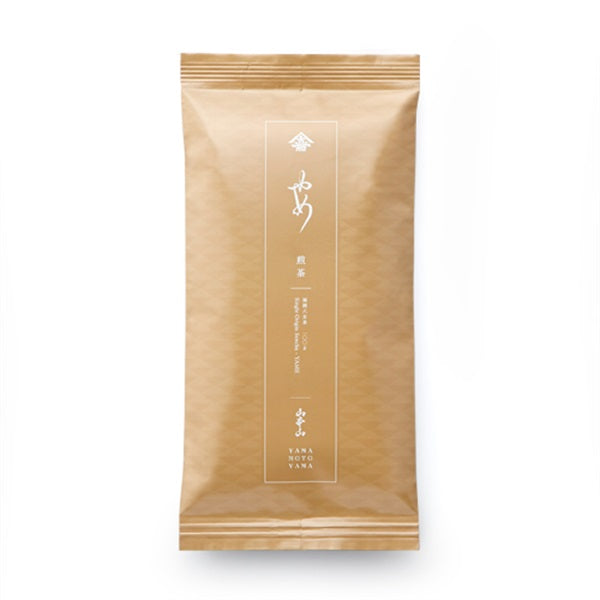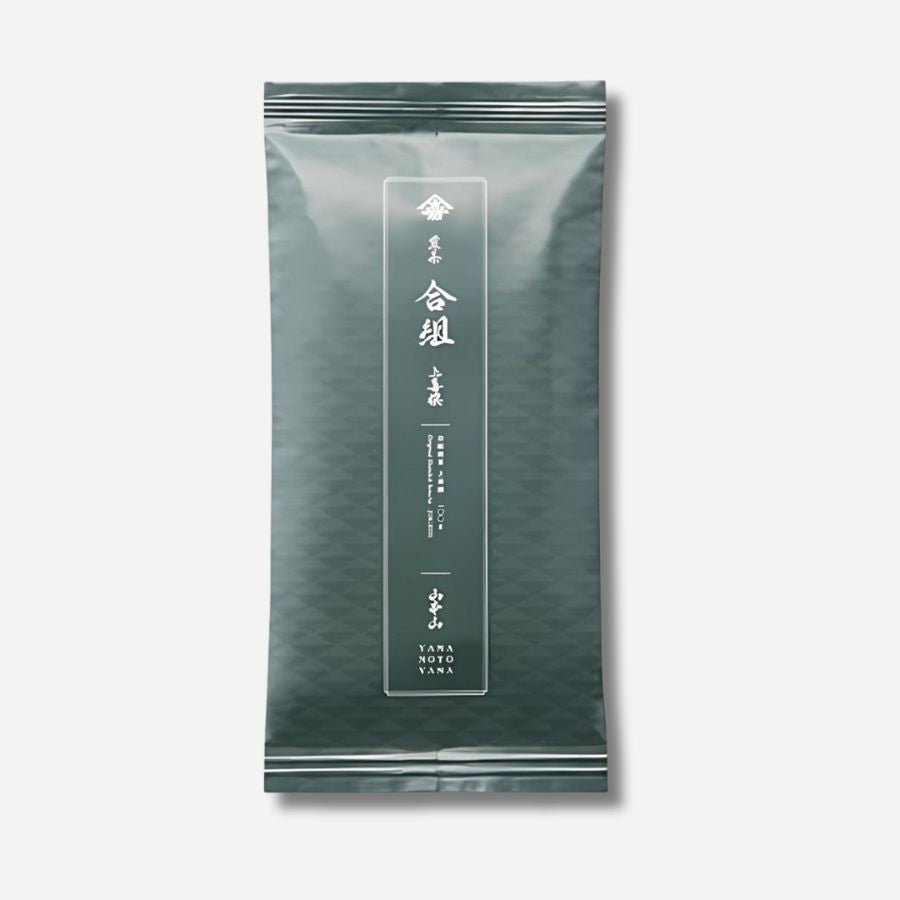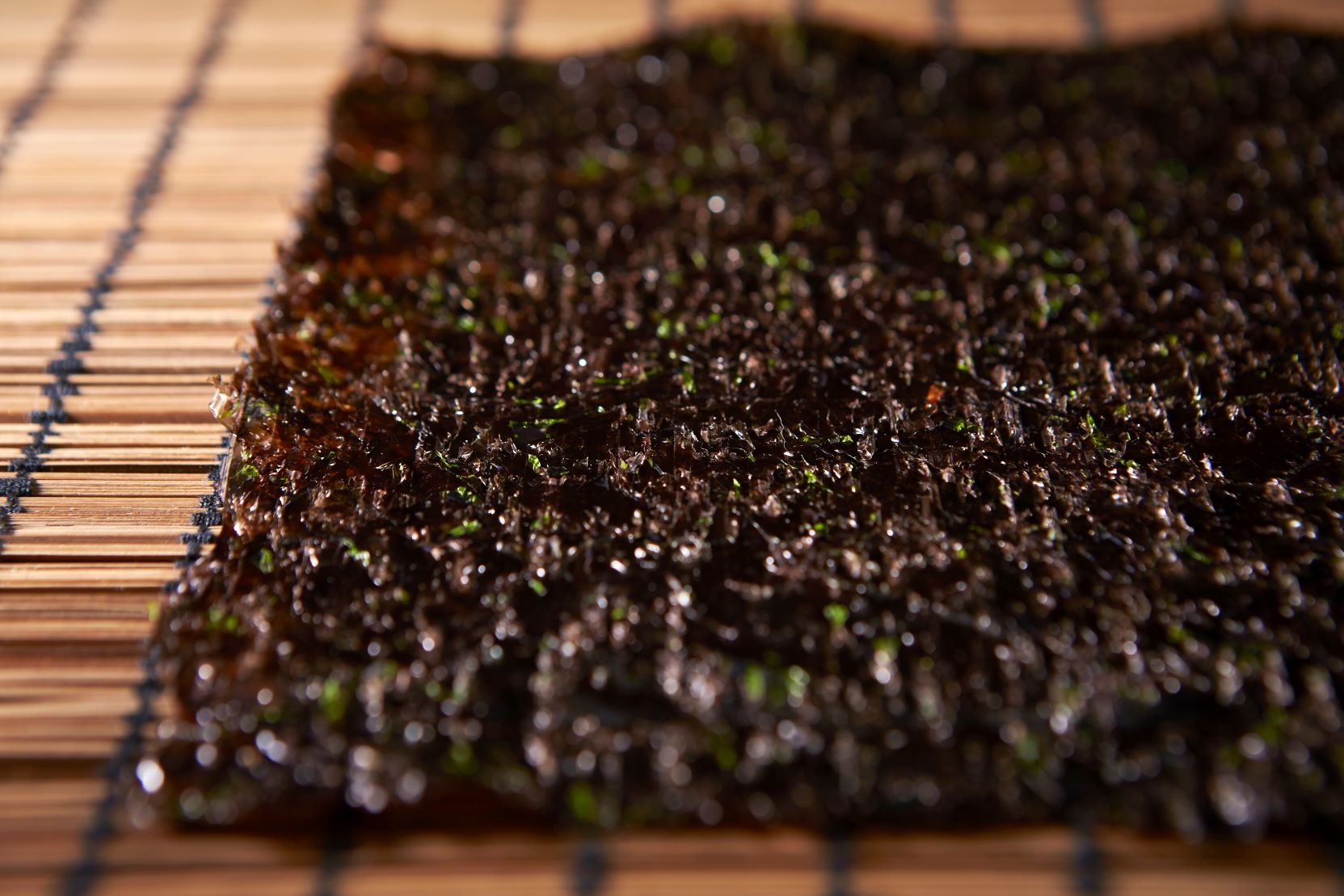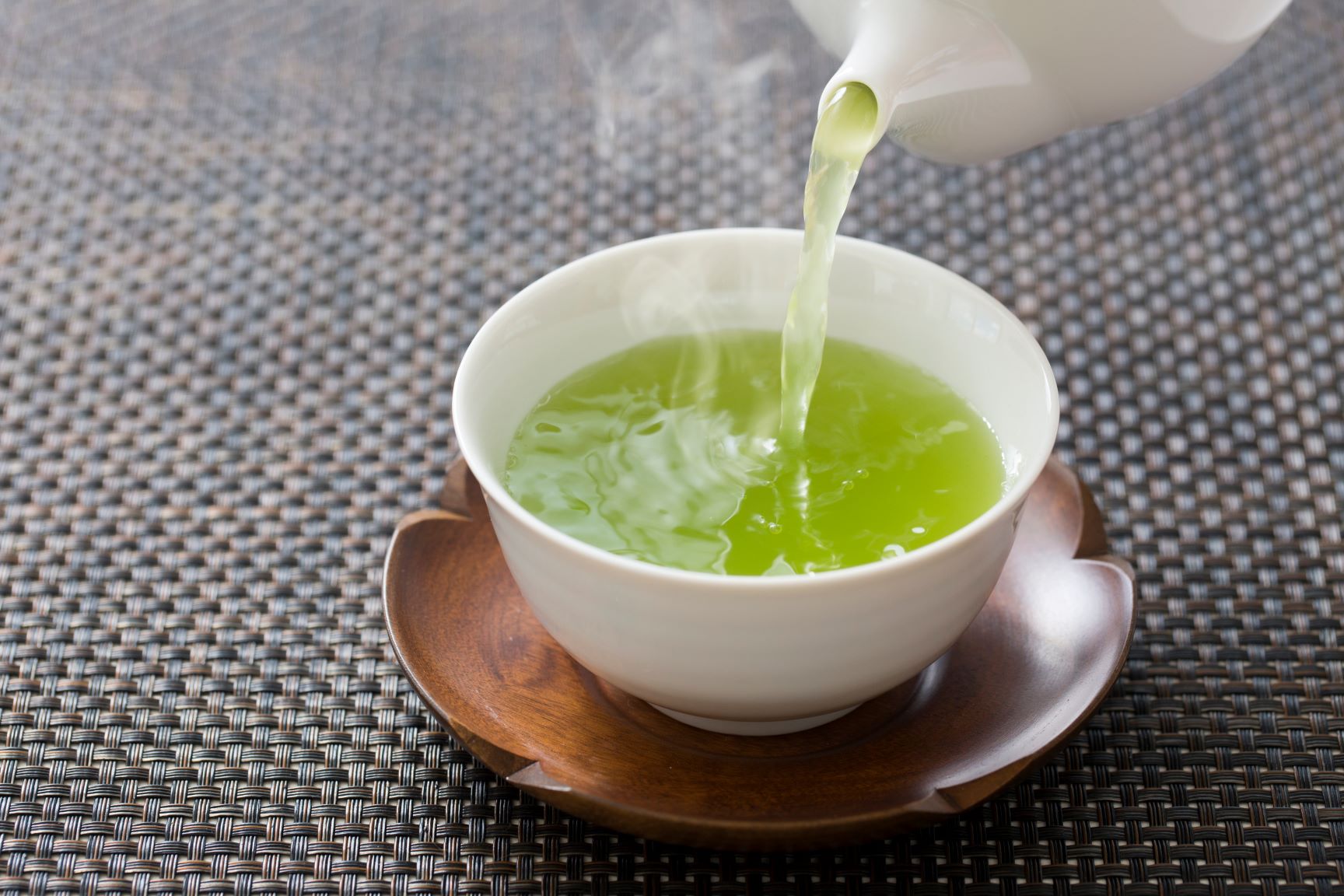
Why is tea green? The mechanism behind the color of green tea
- The secret behind the green colour of tea leaves
- Oxidation of tea leaves and change in green color
- The process of making green tea and protecting chlorophyll
- Changes in chlorophyll depending on the type of tea
- Storage methods and oxidation of chlorophyll
- Why black tea and oolong tea are different colors
- If you leave the tea, it will turn brown.
The secret behind the green colour of tea leaves
Fresh tea leaves are green, which is largely due to the presence of a green pigment called "chlorophyll" in the chloroplasts that allows photosynthesis to take place.
The reason why plant leaves appear green is because chlorophyll reflects green light.

Oxidation of tea leaves and change in green color
However, if the picked tea leaves are left as they are, the enzymes contained in the leaves will oxidize the chlorophyll, turning it into a brown pigment.

The process of making green tea and protecting chlorophyll
To prevent this oxidation, the green tea manufacturing process involves a process called "saseo", in which the picked tea leaves are heated at high temperatures.
When making tea, the raw leaves are steamed or roasted in a pot and heated to inactivate the oxidizing enzymes, stopping the oxidation.
This process, called "sasao," allows the finished tea to retain its characteristic green color.

Changes in chlorophyll depending on the type of tea
However, depending on the subsequent manufacturing process and storage method, the chlorophyll is exposed to heat, light, and air, and oxidation gradually progresses, with some of the chlorophyll oxidizing and turning into brown pheophytin.
As a result, the finished tea usually has a slightly brownish hue rather than a vibrant green color.
The rate at which chlorophyll is converted to pheophytin varies depending on the type of tea.
For example, in the case of gyokuro and high-quality sencha, the rate of conversion is low at around 20-30%, but in deep-steamed sencha, which is heated for a longer period, much more chlorophyll is converted to pheophytin, at around 50%.

Storage methods and oxidation of chlorophyll
Also, how you store the tea after purchasing it will have a big impact on its color.
Storing tea in a hot and humid environment or in an open container will accelerate the oxidation of chlorophyll, causing the tea to turn brown.
Therefore, to enjoy the vibrant color and aroma of tea for a long time, it is important to store it in an airtight container in a cool, dry place.

Why black tea and oolong tea are different colors
By the way, black tea and oolong tea, which are made from the same tea leaves, are dark brown in color, unlike green tea.
This is because the manufacturing process for black tea and oolong tea does not involve the "sase" process, in which the tea leaves are first heated to high temperatures to stop the action of enzymes, as is done with green tea.
This causes the enzymes in the tea leaves to work, oxidizing the leaves and producing brown pigments.

If you leave the tea, it will turn brown.
If you leave brewed tea, it may change from its bright green color to a yellowish or dark brown.
As explained above, this phenomenon occurs when the chlorophyll contained in the tea leaves combines with oxygen in the air and turns into brown pheophytin.
In addition, catechins, which are the source of bitterness and astringency, bind with oxygen over time and change into orange or red theaflavins and other compounds.
The reason why tea that is initially green gradually turns yellowish or brown is due to the oxidation of these substances.


